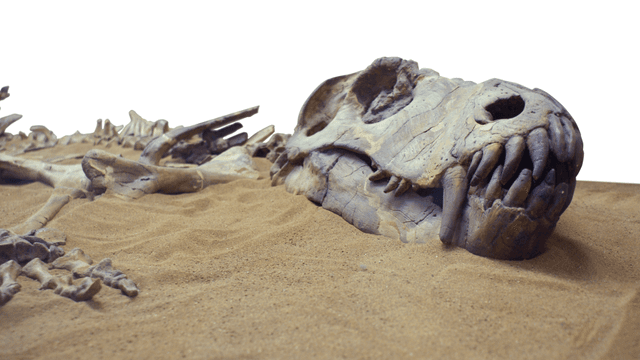Heavy rains in Rio Grande do Sul, Brazil, have uncovered a significant fossil find: one of the world’s oldest dinosaur skeletons. This discovery was made near a reservoir in Sao Joao do Polesine by a team led by paleontologist Rodrigo Temp Müller from the Federal University of Santa Maria.
The fossil dates back approximately 233 million years to the Triassic period, a time when all continents were part of the supercontinent Pangea. The team unearthed a nearly complete skeleton of a dinosaur that likely measured around 2.5 meters (8.2 feet) long. The specimen is thought to belong to the Herrerasauridae family, a group of early theropod carnivores.
This new find could be the second-most complete Herrerasauridae skeleton ever discovered. Herrerasaurids were dominant predators during the Triassic and lived in regions that are now Brazil and Argentina. The fossil could offer insights into the evolutionary transition from early Triassic predators to later, more famous theropods like Tyrannosaurus Rex.
The fossil was found during heavy rains that exposed it by washing away sediment layers. While this weathering process can aid in fossil discovery, it also risks damaging the remains if they are not quickly recovered.
The team will now conduct detailed analyses to determine if the fossil represents a new species or an already known one. This find builds on previous discoveries by Müller’s team, including a related dinosaur found in 2019.








